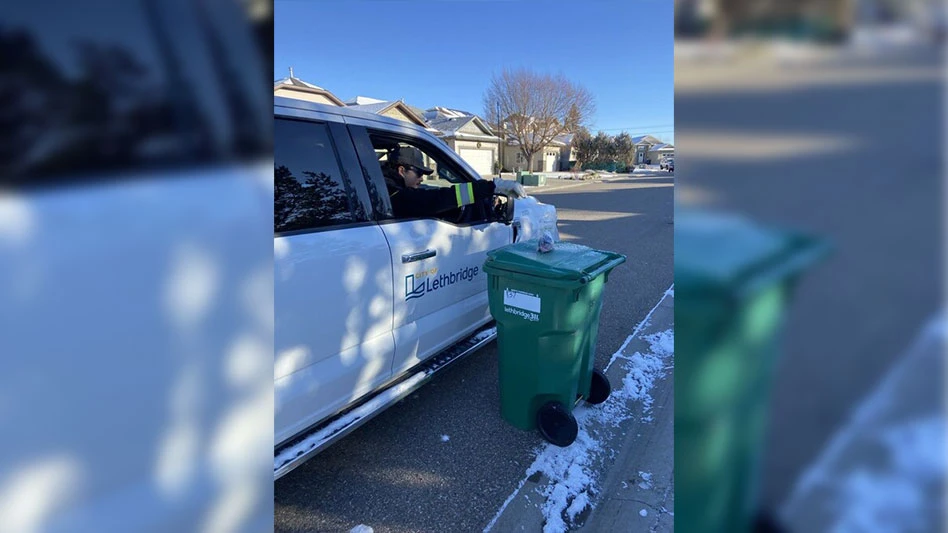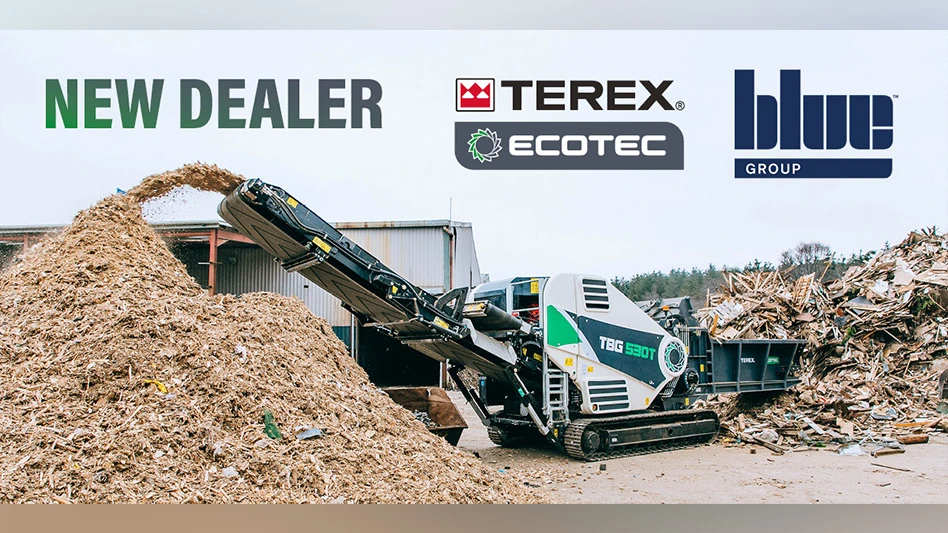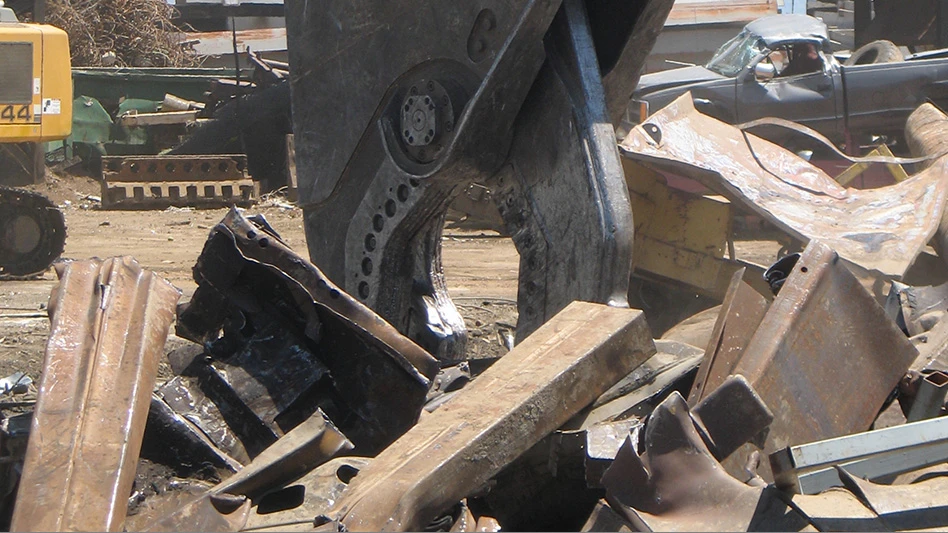
The National Association for PET Container Resources (NAPCOR), Sonoma, California, has developed a new set of quality specifications for baled postconsumer polyethylene terephthalate (PET).
The specifications have been designed to provide incentives to suppliers to improve recycled PET quality, NAPCOR says.
To accompany the grading system, NAPCOR also has developed a PET material test audit.
The proposed test audit and specs have been passed on to the Association of Postconsumer Plastics Recyclers (APR), Washington, where they are expected to undergo final review prior to integration into the model bale specification for PET, NAPCOR says.
“Members of NAPCOR’s Bale Quality Committee developed the gradings and bale audit test to send a message to the marketplace that the PET reclaiming industry needs better PET bales,” says Byron Geiger, president of Custom Polymers, Athens, Alabama, and a member of both NAPCOR and the APR. “We are willing to reward quality, and we’ve developed a way to measure it.”
He continues, “PET reclaimers have struggled with poor bale quality and declining yields in recent years. These new specifications give us a way to provide specific feedback to the material recovery facilities we buy from and encourage them to improve quality.”
The specifications and audit test method were developed by PET reclaimers using NAPCOR bale composition data as well as the results of material audits performed at facilities in the United States and Canada.
The specifications are based on the weight of PET containers in a given PET sample, taken as a percentage of the weight of the total sample, or the “PET fraction.” They include A, B, C and F grades, with PET fractions ranging from 94 percent and greater earning an “A” grade to 72 percent and below receiving an “F” grade.
The bale gradings and audit method are relevant to all postconsumer PET sources—whether deposit, California CRV or curbside—NAPCOR says. They are intended to provide voluntary, industry-approved guidelines for marketers of PET bales and to bring greater standardization into the marketplace.
“The push to add quality gradings to the model PET bale specifications came from our PET reclaimer members working collaboratively on a way to provide clear market incentives and metrics to help improve material quality,” says Tom Busard, NAPCOR chairman and chief procurement officer for Plastipak Packaging Inc., and president of Clean Tech, Plastipak’s recycling affiliate. “The gradings are intended to help differentiate the marketplace and provide consistent feedback to MRFs in order to support investment in best practices.”
NAPCOR and the APR have previously collaborated on PET recycling, with the APR serving as a plastics recycling industry source for bale specifications, test methods and other plastics recycling guidance documents. NAPCOR says it anticipates APR will incorporate the new gradings and bale audit test method into a revised model bale specification for PET once its internal review process is complete.
Latest from Recycling Today
- Phoenix Technologies closes Ohio rPET facility
- EPA selects 2 governments in Pennsylvania to receive recycling, waste grants
- NWRA Florida Chapter announces 2025 Legislative Champion Awards
- Goldman Sachs Research: Copper prices to decline in 2026
- Tomra opens London RVM showroom
- Ball Corp. makes European investment
- Harbor Logistics adds business development executive
- Emerald Packaging replaces more than 1M pounds of virgin plastic





